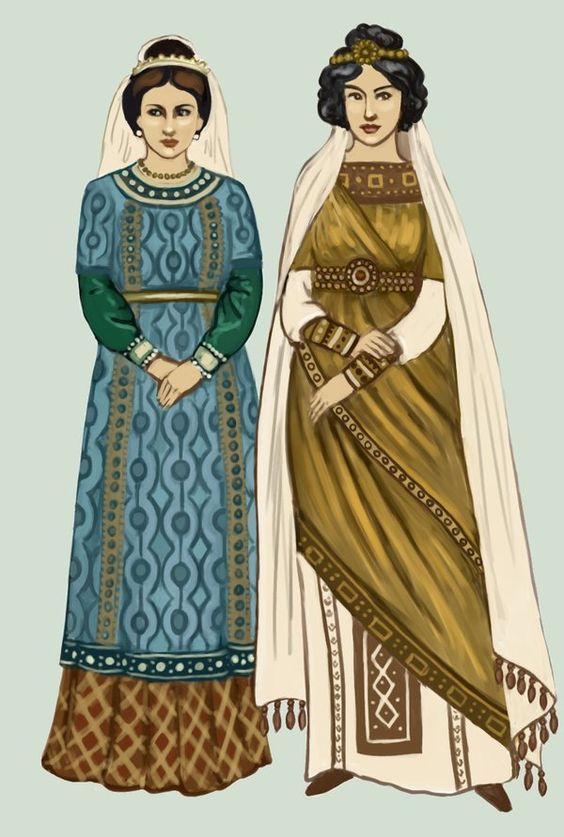There is no concept of hijab in Shafafi Islam. People may wear whatever clothing they wish, according to their own choices, norms, and culture. There is no compulsion in Islam to dress like an Arab/bedouin person.
Clothing is mentioned in the Quran:
And tell the believing women to lower their gaze and guard their chastity, and not to reveal their adornments except what normally appears. Let them draw their veils over their chests, and not reveal their hidden adornments except to their husbands, their fathers, their fathers-in-law, their sons, their stepsons, their brothers, their brothers’ sons or sisters’ sons, their fellow women, those bondwomen in their possession, male attendants with no desire, or children who are still unaware of women’s nakedness. Let them not stomp their feet, drawing attention to their hidden adornments. Turn to Allah in repentance all together, O believers, so that you may be successful.
Quran 24:32
Many Islamic clerics wrongly interpret the definition of “adornments” as any body parts other than the face and hands.
In order to understand the real meaning of “adornments”, we must note the mention of “hidden adornments” that only become visible upon the stomping of feet. This narrows it down to breasts and buttocks. Furthermore, these “adornments” are only located upon the “chest”, according to the verses mentioned, and they’re something that don’t “normally appear”. This very obviously means that God is talking specifically and only about women’s breasts.
What is something that does not “normally” appears? Well, this depends on what is “normal” or common among the people that one finds themselves. This exception was placed in the Quran by God to allow for women to wear clothing appropriate for the geographic location and activity. For example, a woman may wear a bikini on a beach in Greece, and whatever part of the breast that remains visible outside of the fabric is considered to be what “normally appears”.
However, wearing a bikini while working as a court judge, for example, would be considered abnormal, and according to the verses mentioned above, such women would be asked to cover their breasts.

There is a common misconception that the mention of “veil” means that women must wear an Arabian hijab outfit. Arabs – both men and women – wear loose clothing and cover their heads to protect themselves from the desert sun and blowing sand. This commandment was supposed to make sense to the Arabs 1400 years ago, therefore the term “veil” was used. Furthermore, veils were a part of the fashion among the Byzantines and Persians – people who the Arabs liked to emulate – around the time of Muhammad.
